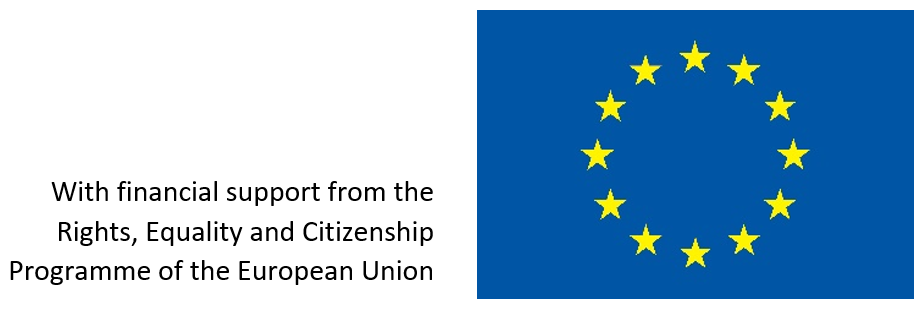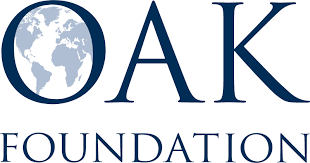
WAVE composed a position paper on its stance on intersectionality and the importance to integrate an inclusive approach to dealing with gender-based violence. The paper is structured into two sections, and gives both theoretical and practical reasoning on WAVE’s implementation of intersectionality. Intersectionality conceptualizes the idea that social injustice stems from intersecting forms of discrimination. This concept can be applied to the context of gender-based violence, as different women survivors of violence encounter different forms of discrimination. Therefore, it is important to strive to conduct service provision in such manner that all women are included. The legal framework of intersectionality is elaborated in the first section of the paper. WAVE adheres to the principles that are embedded in the Universal Declaration of Human Rights, the Convention on the Elimination of All Forms of Discrimination against Women and the Istanbul Convention. In fact, the compliance with intersectionality is rooted in human rights. Concretely, the Istanbul Convention states that for inclusion to ensue, the focus must not only be put on how to refer to the act of violence, but also on how to refer to the survivor of violence. Therefore, it is vital to implement effective tools and employ trained staff to offer inclusive service provision. The second section of the paper demonstrates the practical context of the concept of inclusivity and intersectionality exemplified by five WAVE Members from Austria, Ireland, Bosnia and Herzegovina, Albania and the United Kingdom. The work of Member organizations from these five countries that have successfully and effectively implemented an intersectional and inclusive approach to dealing with all women survivors of violence is presented. WAVE’s approach to intersectionality is based on four different grounds. Language, location, social engagement and barrier-free access. Through the provision of multilingual support services, local prevalence of organisations and services in rural areas, programmes and projects conducted through cooperation with other organisations and services, and provision of barrier free and facilitated access, as well as a facilitated use of language, intersectionality can be achieved on a practical ground. The position paper concludes with WAVE’s objective to further develop, integrate and implement strategies and guidelines to ensure inclusivity and intersectionality.







